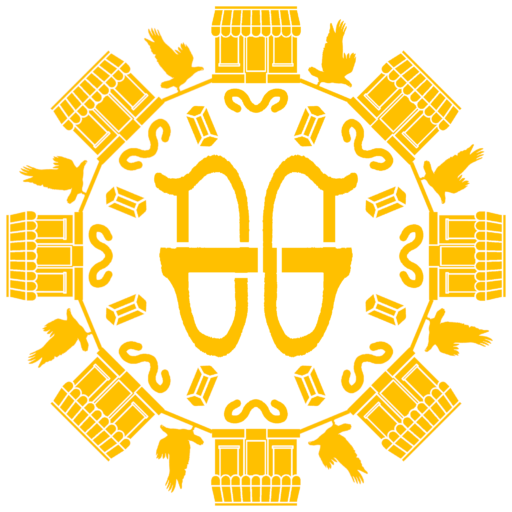DISCLAIMER: This article about fantasy creatures was originally posted on Odyssey.
A key component of world-building is not just what types of fantasy creatures should be included. You should find connections between them, the environment, humans, religion, and geopolitical entities such as kingdoms, empires, city-states, and tribes. Creatures such as dragons, griffins, and mammoths can change warfare, migrations, human survival, and the very ecology itself.
The Targaryen dynasty proved this point, by taking the advantage of escaping the destruction of Valyria and settling in Westeros. Though they did more than setting up their own little nation on Dragonstone Island. Westeros felt the Targaryen wrath when they subjugated entire kingdoms through the war-dragons. Pre-Targaryen Westeros would not have an animal capable of resistance. It would mean that there would be no defense against conquest.
Fantasy Creatures As Foreign Agents
A foreign invading group would bring disasters foreign to the native population. This parallels the use of guns and diseases brought by Europeans when conquering the Americas. The indigenous population was not immune from smallpox until the Europeans brought it, which indirectly decimated them.
Foreign agents like diseases can cause this type of damage to entire populations in the real world. Therefore, foreign creatures can prove to be apocalyptically destructive in the fantasy world. A notable example is Smaug who converts a dwarf castle into a lair surrounded by a hoard of gold. This is when fantasy creatures cannot be tamed and become a destructive force.
Fantasy Creatures As War Engines
When these creatures are tamed, they retain a symbiotic relationship with their human captors that transcend use as weapons. In the case of Victor Milan\’s \”Dinosaur Knights,\” the hides of dinosaurs are made into protective armor. Dinosaurs are also used as instruments of war in place of dragons. So, the only surface that can protect the owner from a war-hadrosaur\’s bite is the skin of a dinosaur already adapted enough to withstand damage.
The uses for attack and defense would ensure a cycle of dependency between humans and dragons. The use of dragons would go beyond being used in warfare. If these domesticated creatures can fly at great distances, then world-travel would be literally boundless. Jaenara Balaerys, a Ghiscari dragon-rider, explored all of Sothoryos, one of the continents of the \”Song of Ice and Fire\” series.
Can you imagine that level of exploration becoming more commonplace as more creatures are introduced? This would be where readers would find complex warfare with theaters of war consisting of dragons. While there would be ground warfare with armies of cavalry and phalanxes, dragon-riders fly above.
Fantasy Creatures As Symbols
Even though fantasy creatures do not exist, the very image of them changed human interaction with nature. Humans were inspiring superstitions, mythologies, and sigils on coats-of-arms. The inspirations also existed within the real-world, specifically by theories that dragon myths came from ancient observations of dinosaur fossils. This lead to the speculations of a race of dragons (and what leads Milan to include dinosaurs in his fantasy series).
Destructive And Numerous
Of course, this opens up Pandora\’s box, but all of the world\’s evils do not pop out, but the creatures from every mythology around the world. Not to be too political, but a lot of the fantasy works consist of European mythological creatures, such as dragons, dwarves, elves, etc. If European dragons can exist in a fictional world, who is to say that Chinese dragons cannot also exist in this world? If multiple mythologies can exist in one cosmopolitan mythopoeia than the endless possibilities abound with migration patterns and cross-breeding.
What if dragons become an invasive species, by outcompeting all the other animal life and out-consuming all of their prey and plant life? If one were to apply eco-literary theory to dragons, then they would be catastrophic to humans and the environment. Perhaps the human civilizations would focus less on their own squabbles and more towards that scaly threat to their crops and livestock.
Stakes-Raisers
However destructive dragons are to everything living and nonliving, it is definitely obvious that these creatures define the animalistic power within fantasy. Dragons do more than provide the fantasy label, rather they dramatically reshape the connection humans have to the biosphere in their world. The existence of fantasy creatures plunges the reader into a world of epic uncertainty. They will leave behind daily doldrums and into the world where humans and creatures that represent the former\’s power can exist.
